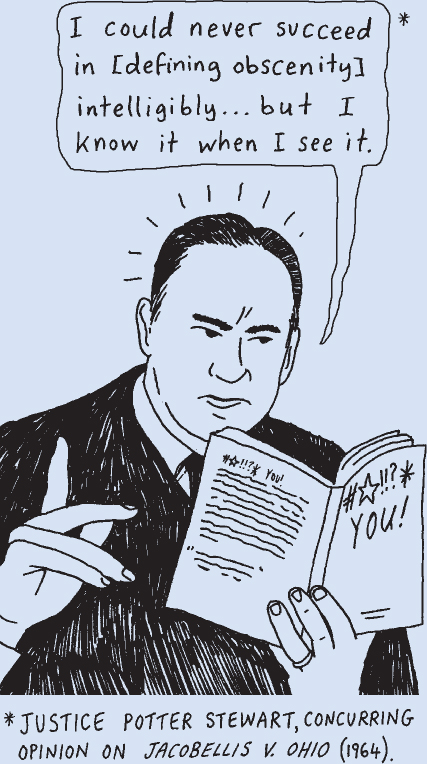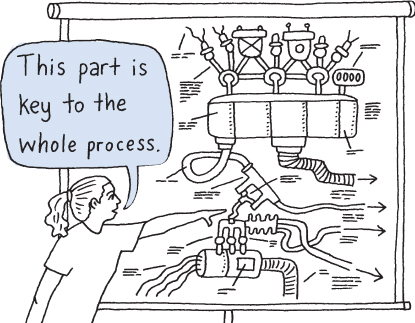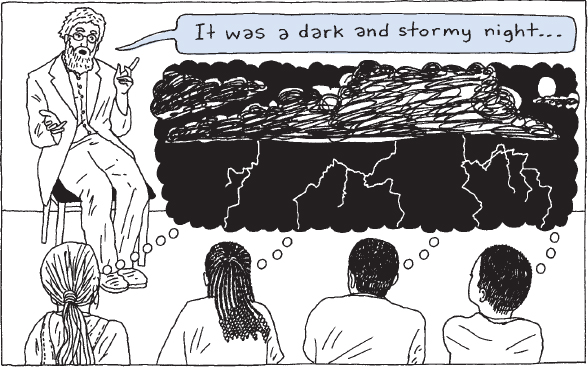Description
Printed Page 473
When you use description, you use words to paint a mental picture for your listeners, so that they can close their eyes and imagine what you are saying. If you provide sufficient information and detail, your audience may be able to experience vividly what you describe—and through multiple senses. For example, you might decide to use description to help your audience understand one of the following:
Type |
Explanation |
Example |
| Dictionary | The meaning of a term as it appears in a dictionary | Merriam-Webster’s Collegiate Dictionary, Eleventh Edition, defines obscenity as “something that is obscene”—that is, “disgusting to the senses.” |
| Expert | Comes from a person or an organization that is a credible source of information on your speech’s topic | According to Chief Justice Burger of the U.S. Supreme Court in the 1973 case Miller v. California, obscenity is expression that appeals to a “prurient” (sick or unhealthy) interest in sex or sexual matters; depicts sexual conduct in a “patently offensive way”; and, when taken as a whole, “lacks serious literary, artistic, political, or scientific value.” |
| Etymological | Understanding a word or concept by tracing its roots in the same or other languages | The word obscenity may derive from the Latin word obscaenus, combining the prefix ob (meaning “to”) and the word caenum (meaning “dirt,” “filth,” “mire,” and “excrement”). |
| Functional | Defining a concept by examining how it is applied or how it functions | In practice, American law recognizes obscenity as hard-core pornography (and, ironically, not as violence, disease, or other social ills). |


- What the aurora borealis looks like
- What it’s like to work on a presidential campaign
- What the people you see (every day) on public transportation look like
- How you felt when you drove a car alone for the first time
- What the call of a blackbird sounds like
- How your city would look if people stopped littering
- What it’s like to attend the Burning Man festival in Nevada
- What it looks like when humpback whales breach
- What a freshly applied tattoo feels like
You can exert maximum impact through description by using vivid language, presentation aids, and details that evoke the senses of sight, sound, smell, touch, and taste. This can be especially effective if you use it as a subpoint to engage listeners’ imaginations and place them in the middle of what you’re describing. (See Chapter 12 for more on effective description.)
